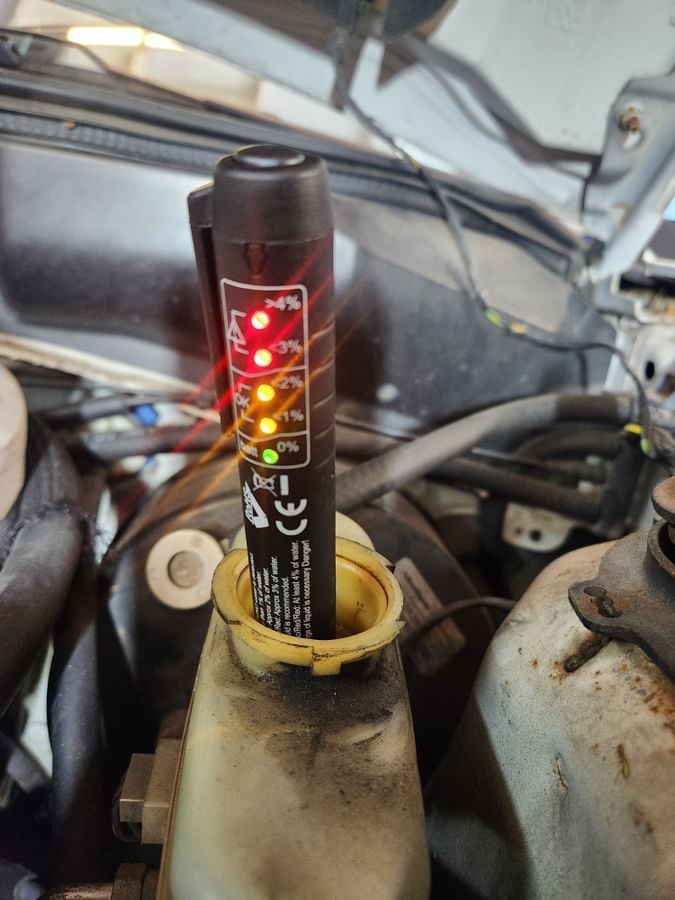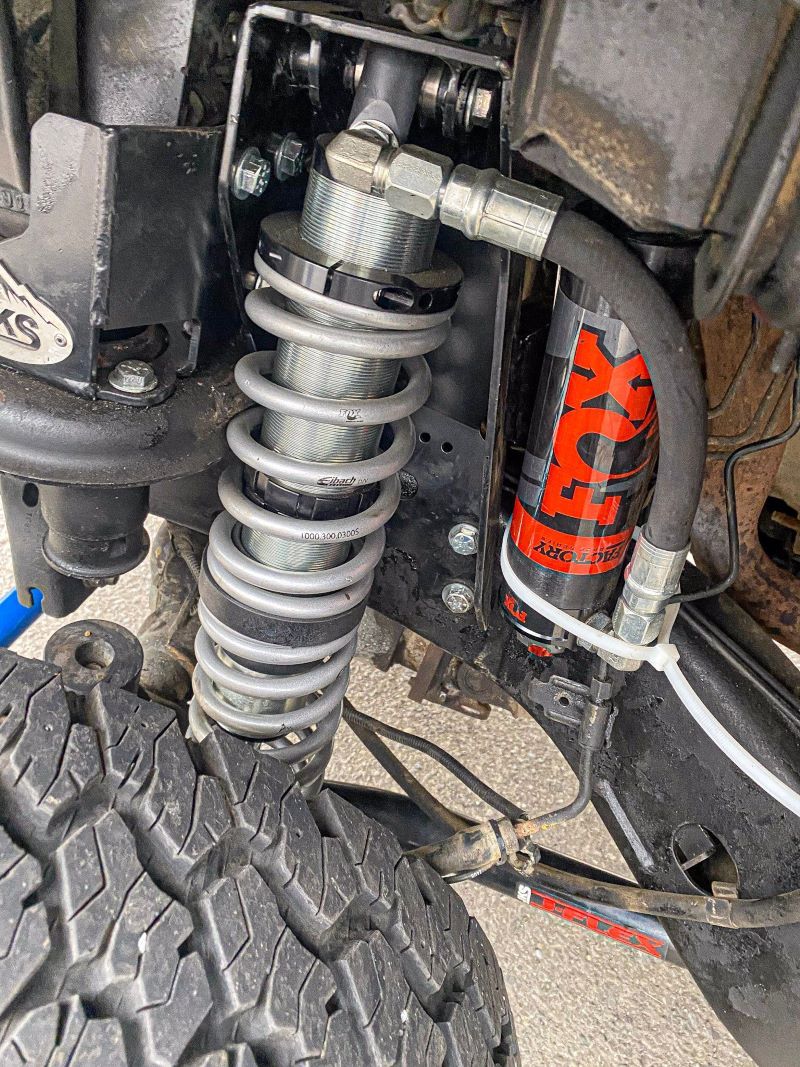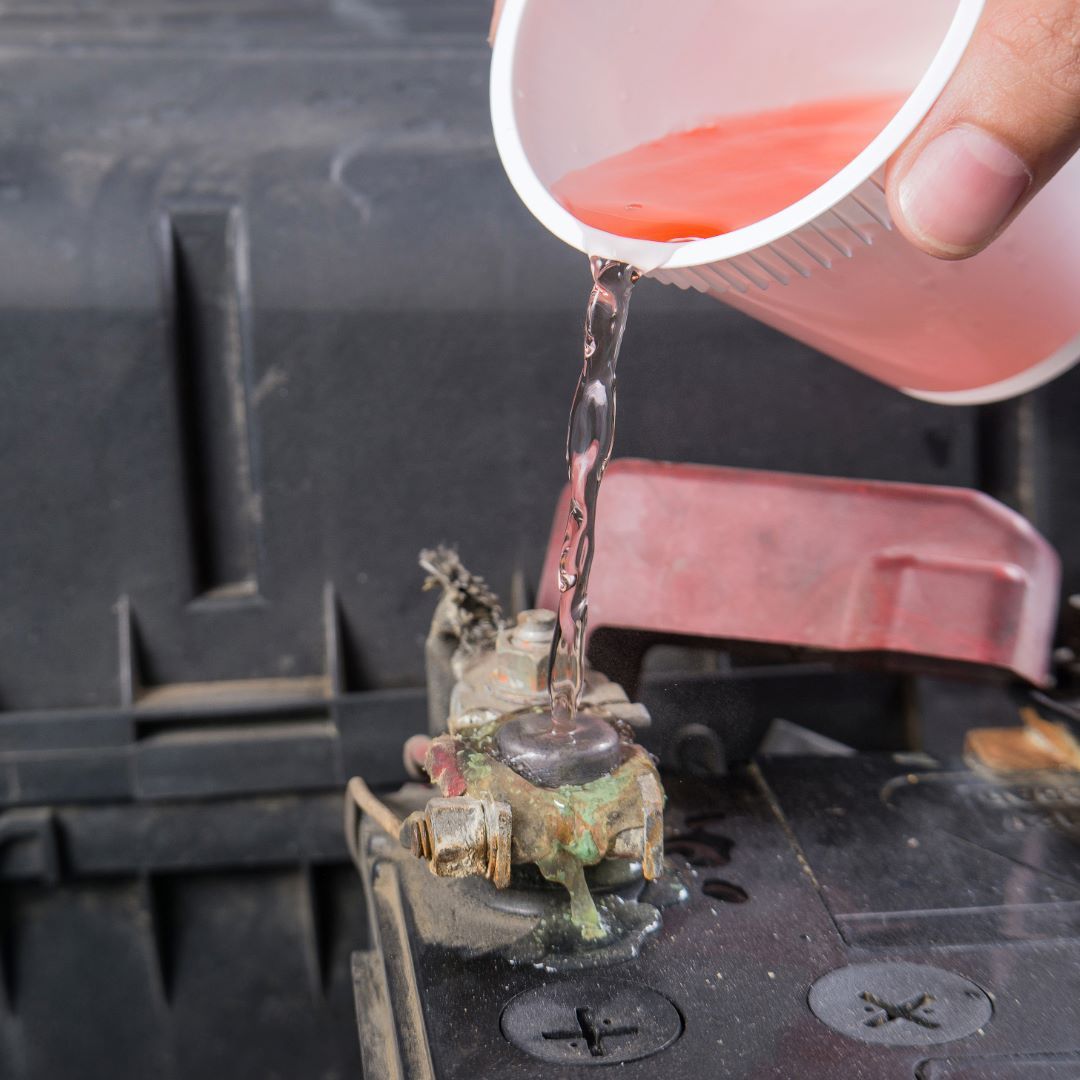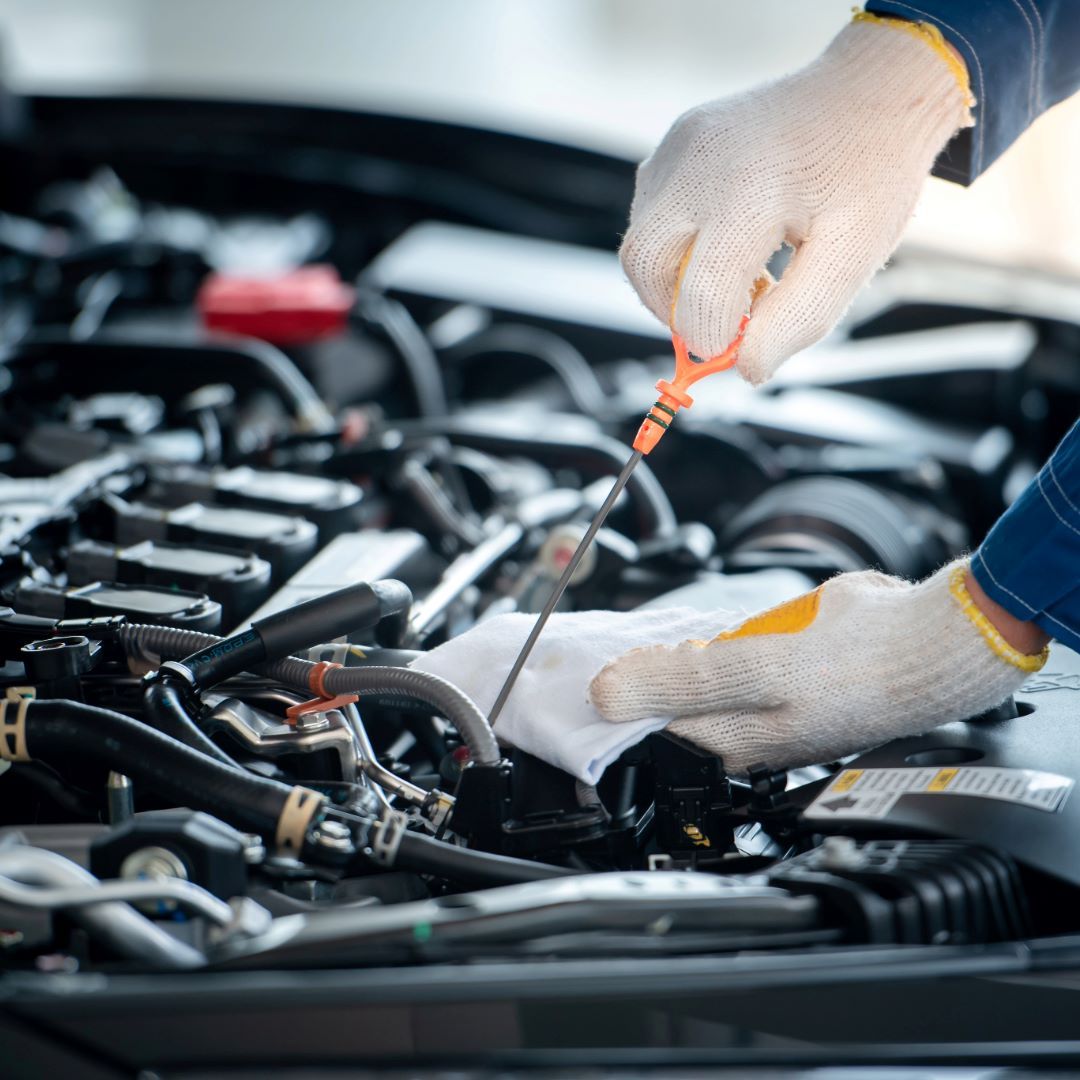What Is the Difference Between a Hybrid and a Plug-In Hybrid?

Hybrid vs. Plug-In Hybrid: What’s the Difference? | ABC Auto Repair Burien
Thinking about switching to a more fuel-efficient, eco-friendly vehicle? You’ve likely seen the terms hybrid and plug-in hybrid pop up. While they may look similar on the outside, their inner workings and how they fit into your lifestyle can be quite different.
At ABC Auto Repair in Burien, we specialize in servicing both hybrid and plug-in hybrid vehicles. Let’s break down the differences so you can choose the one that’s right for you.
How Does a Hybrid Work? (HEV)
A hybrid vehicle, or HEV (Hybrid Electric Vehicle), uses a combination of a gasoline engine and an electric motor to power the car. The electric motor typically handles low-speed driving, while the gas engine takes over at higher speeds or when more power is needed.
One major benefit? You never need to plug it in. Hybrids recharge their batteries using:
- Regenerative braking
- The gasoline engine itself
That means less maintenance around battery charging—and more convenience if you don’t have access to a home or public charger.
What Makes Plug-In Hybrids Different? (PHEV)
Plug-in hybrids, or PHEVs, come equipped with a larger battery pack that you charge via a standard outlet or EV charging station. This allows for extended electric-only driving, typically between 20 to 50 miles, depending on the model.
Once the battery runs low, the car automatically switches to hybrid mode, combining the electric motor with the gasoline engine just like a traditional hybrid.
PHEVs offer drivers the best of both worlds: short, fully electric trips during the week, and the extended range of a gas engine for weekend getaways or longer drives.
Hybrids vs. Plug-In Hybrids: Key Differences
While both types use electric motors and gas engines, the main differences come down to charging, battery size, electric range, fuel efficiency, and cost.
- Charging: Hybrids charge through regenerative braking and the gas engine. Plug-in hybrids require an external charger to fully utilize their electric range.
- Battery & Range: Plug-in hybrids have larger batteries, enabling longer electric-only driving—ideal for short commutes or city trips.
- Fuel Efficiency: Both are fuel-efficient, but plug-in hybrids often provide even greater fuel savings for drivers who regularly recharge and drive short distances.
- Cost: Plug-in hybrids generally cost more upfront due to larger batteries and charging systems. However, they may qualify for tax incentives that offset the price.
Tip: If you qualify for a federal or state incentive, a plug-in hybrid might be more affordable than you think.
Which One Is Right for You?
Choose a Hybrid If:
- You drive long distances or mostly on highways
- You don’t have access to convenient charging stations
- You want fuel savings without changing your daily habits
Choose a Plug-In Hybrid If:
- You have a short commute or do mostly city driving
- You have access to a home or workplace charger
- You want to use electricity for most trips, but still need a backup gas engine
No matter your driving habits, both options reduce emissions and offer excellent fuel savings compared to traditional gas-powered vehicles.
Maintenance for Hybrids and Plug-In Hybrids
While electric components in hybrids require less maintenance, the gas engine, brakes, and tires still need routine care. At ABC Auto Repair in Burien, we provide:
- Hybrid battery health checks
- Brake service for regenerative systems
- Diagnostic inspections for PHEVs and HEVs
- Electrical system diagnostics and maintenance
Don't wait until something goes wrong. Schedule a hybrid or plug-in hybrid service today and keep your vehicle running at peak efficiency.
Drive Smarter, Cleaner, and Longer
Whether you're already behind the wheel of a hybrid or thinking about making the switch, ABC Auto Repair is your trusted local expert for advanced vehicle care. Our certified technicians understand the unique systems in electric and hybrid vehicles and we’re here to keep yours performing safely and efficiently.
Serving Burien, Normandy Park, SeaTac, and the surrounding areas.
Ready to extend the life of your hybrid or plug-in hybrid? Call us or book your service online with ABC Auto Repair today.
Search Blog
Recent Post

Providing expert auto repair and maintenance, ABC Auto Repair is your go to auto mechanic in Burien. Quality service, reliable repairs, and customer satisfaction every time!
Quick Links
All Rights Reserved | ABC Auto Repair™




